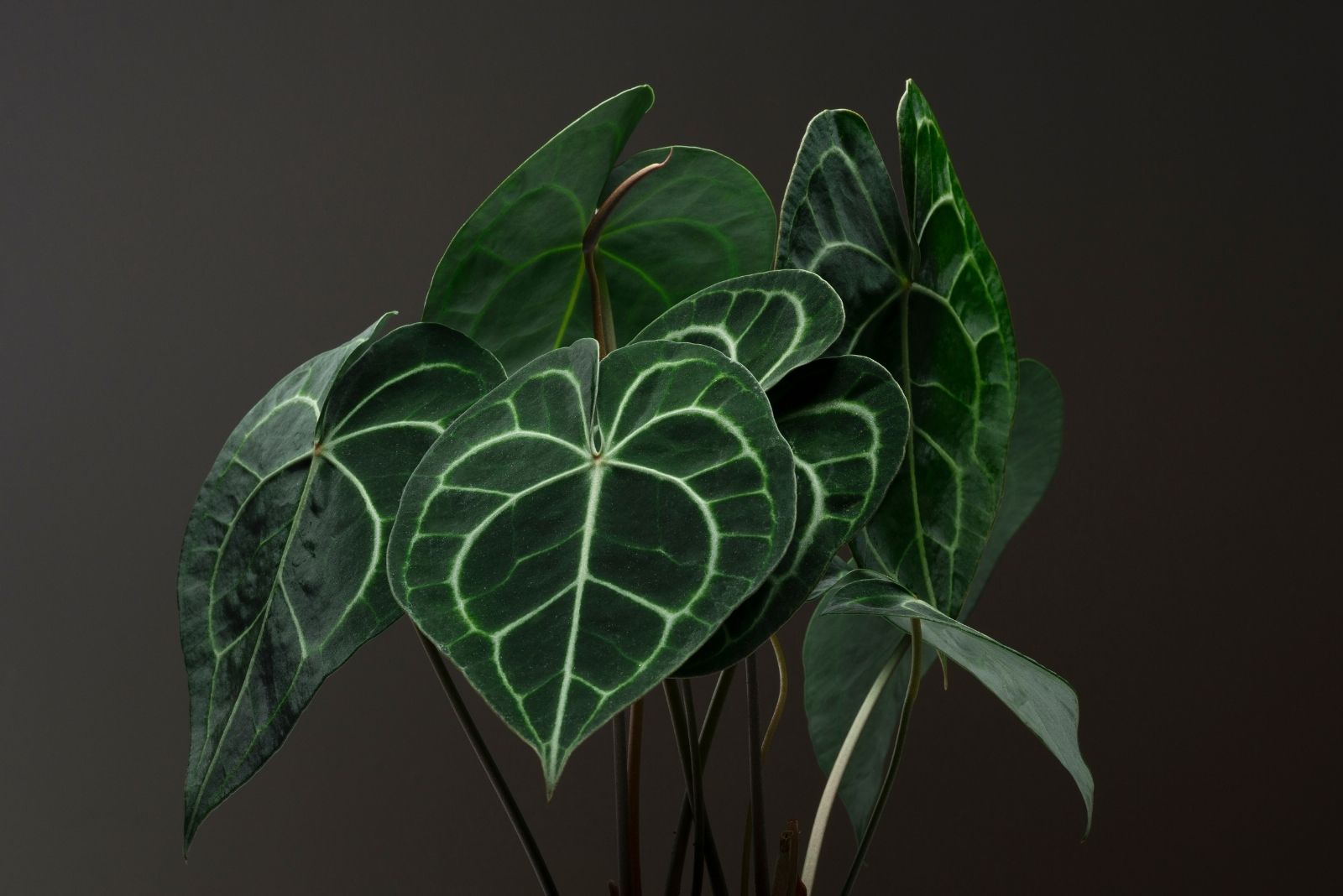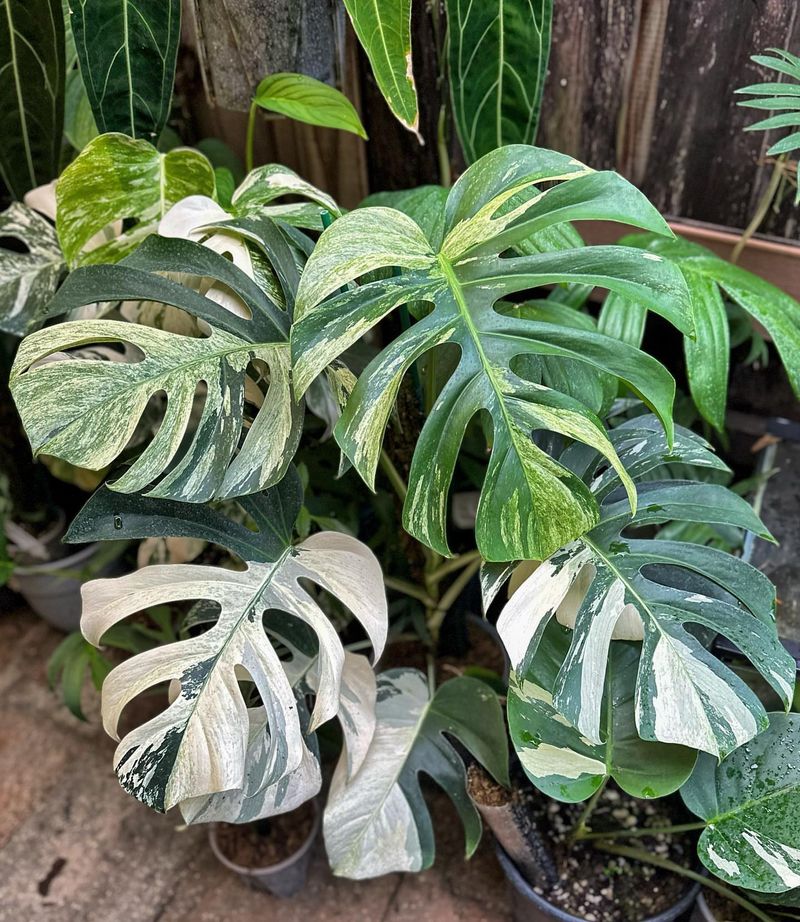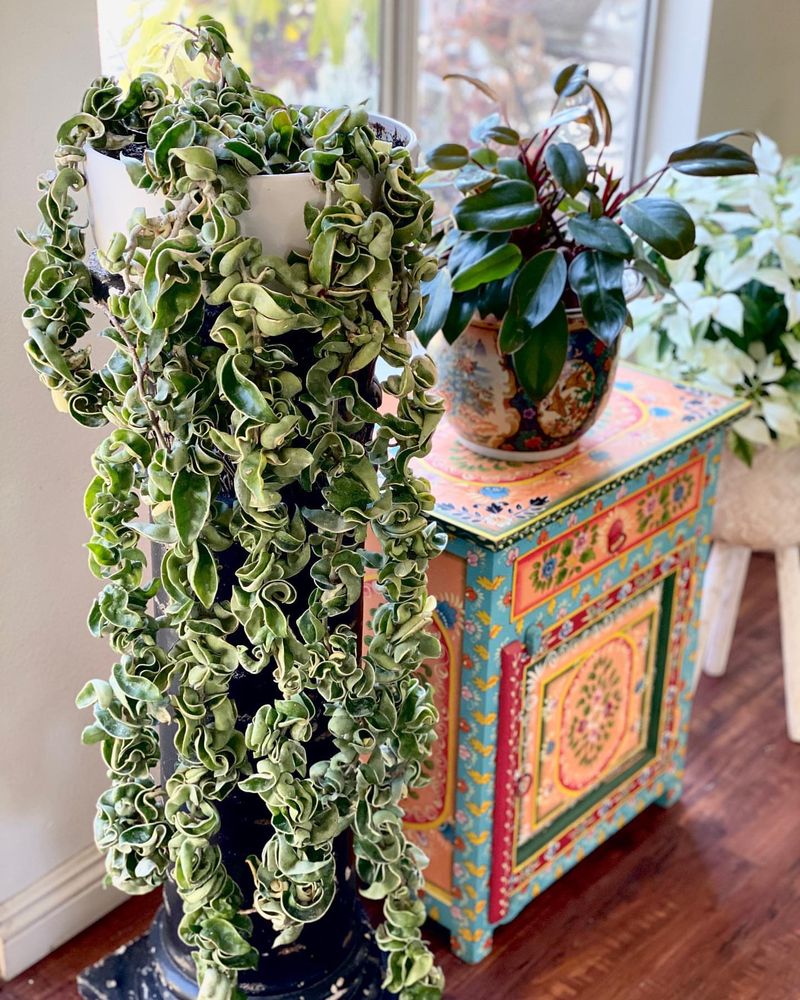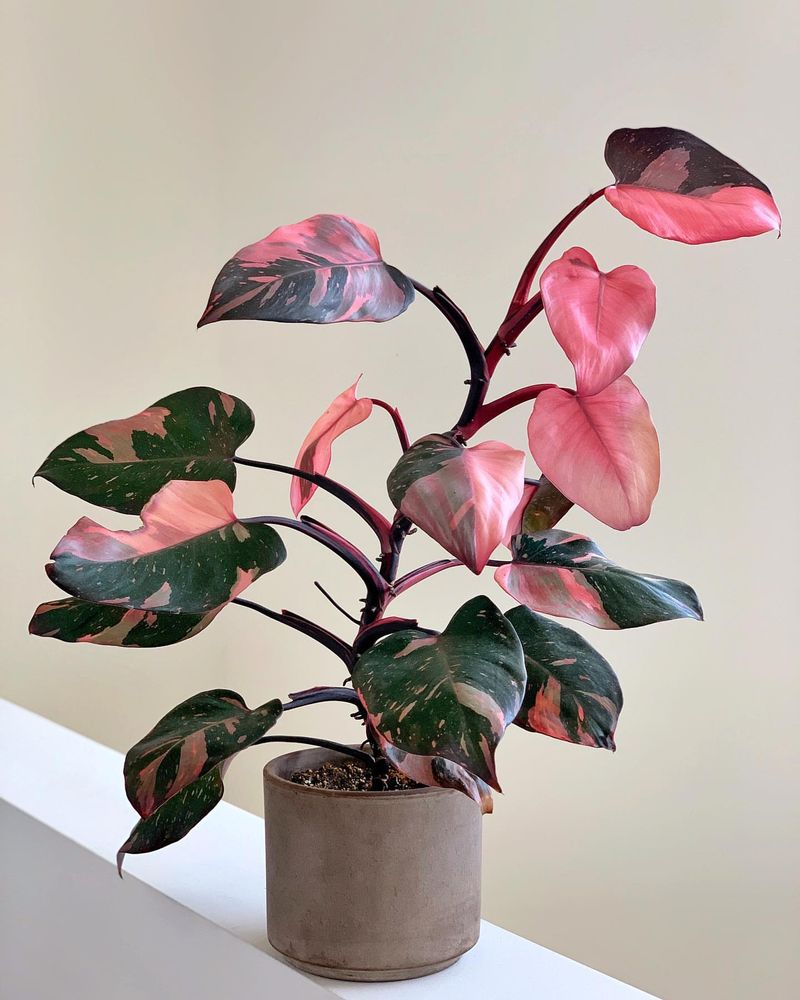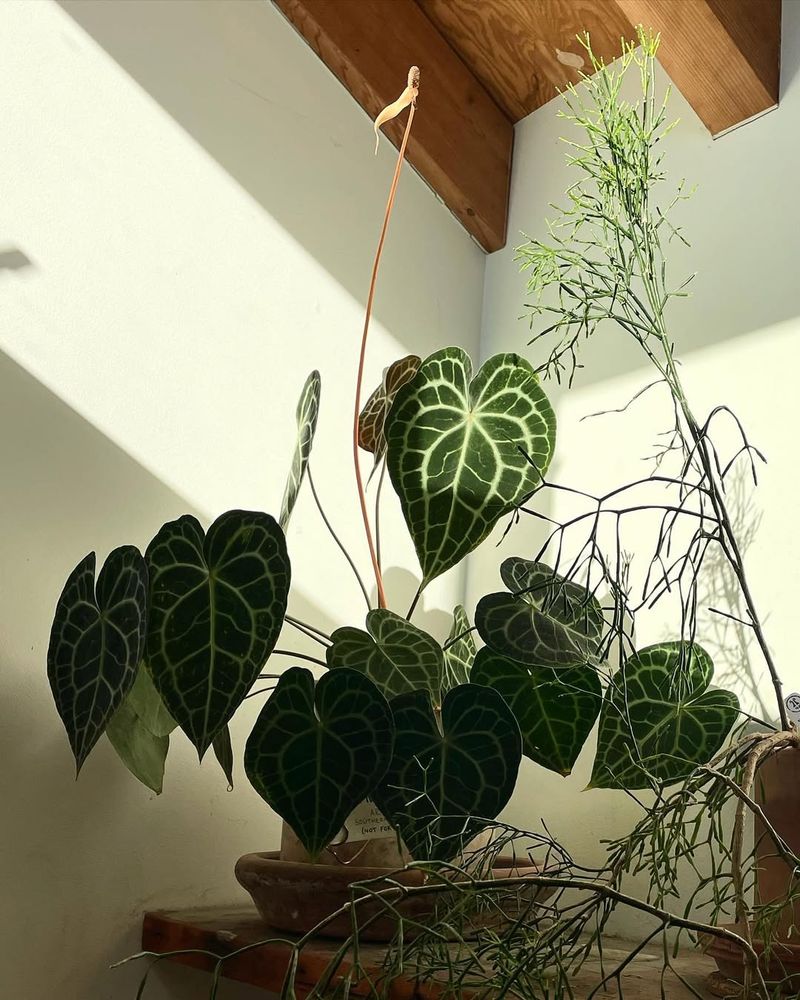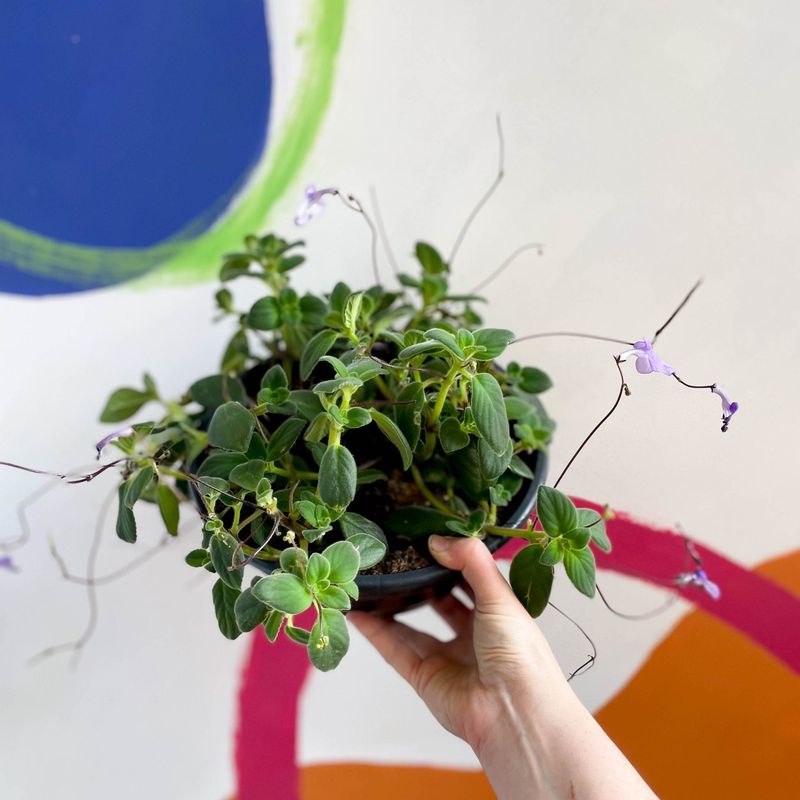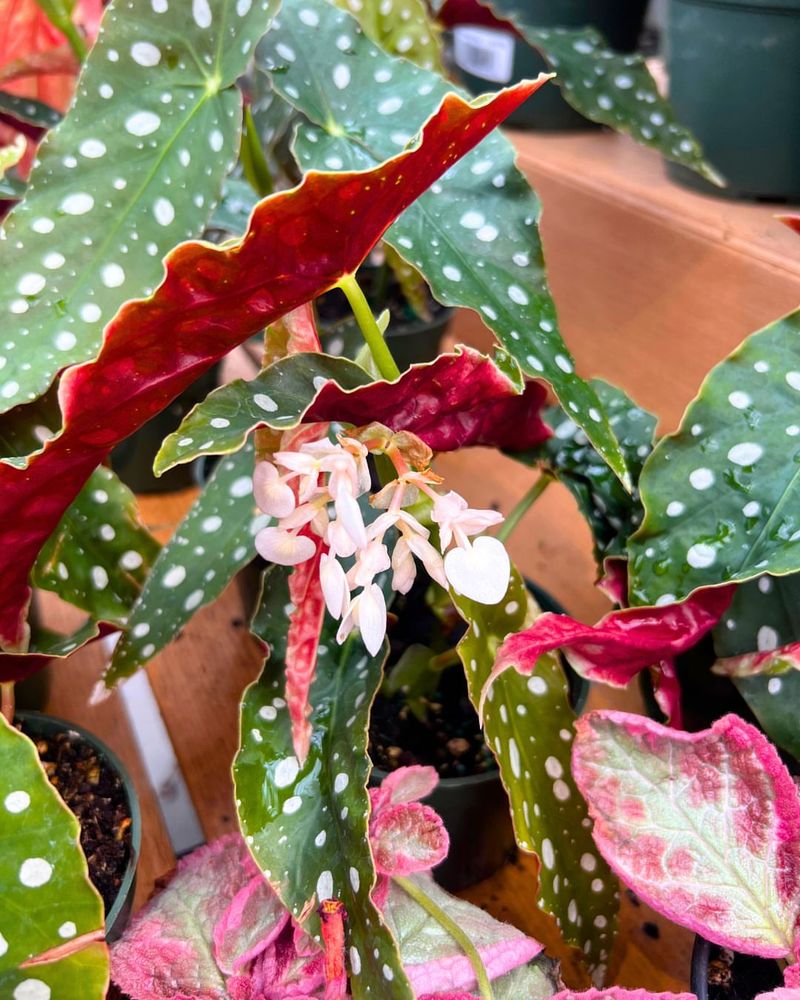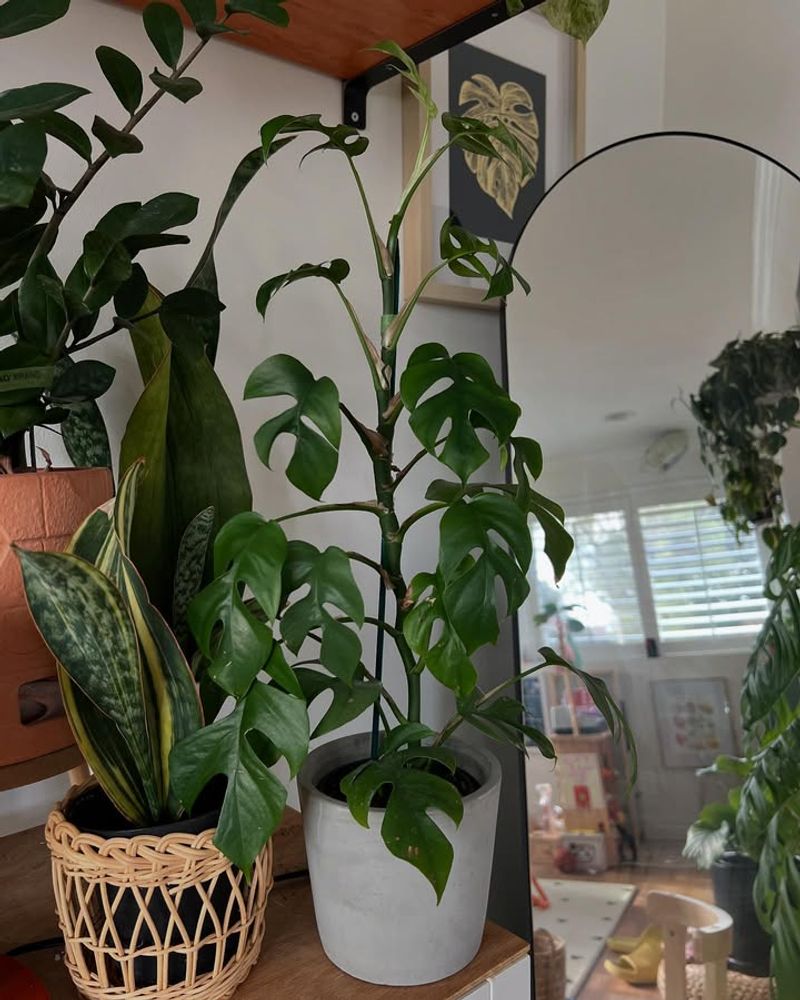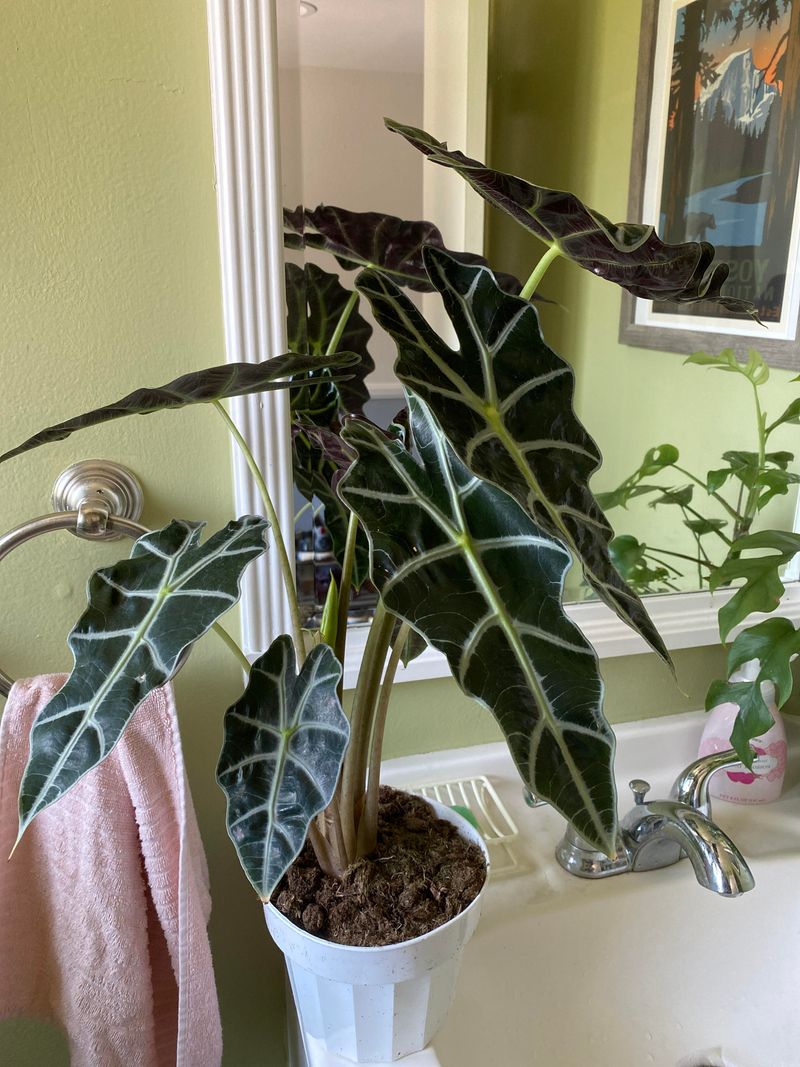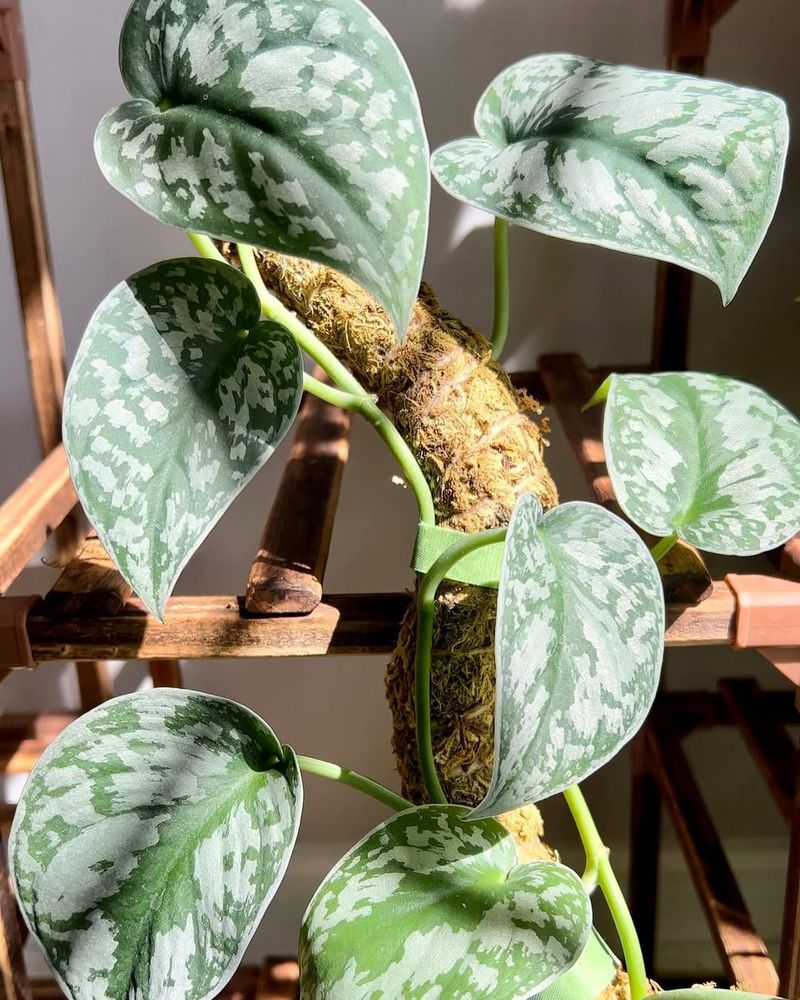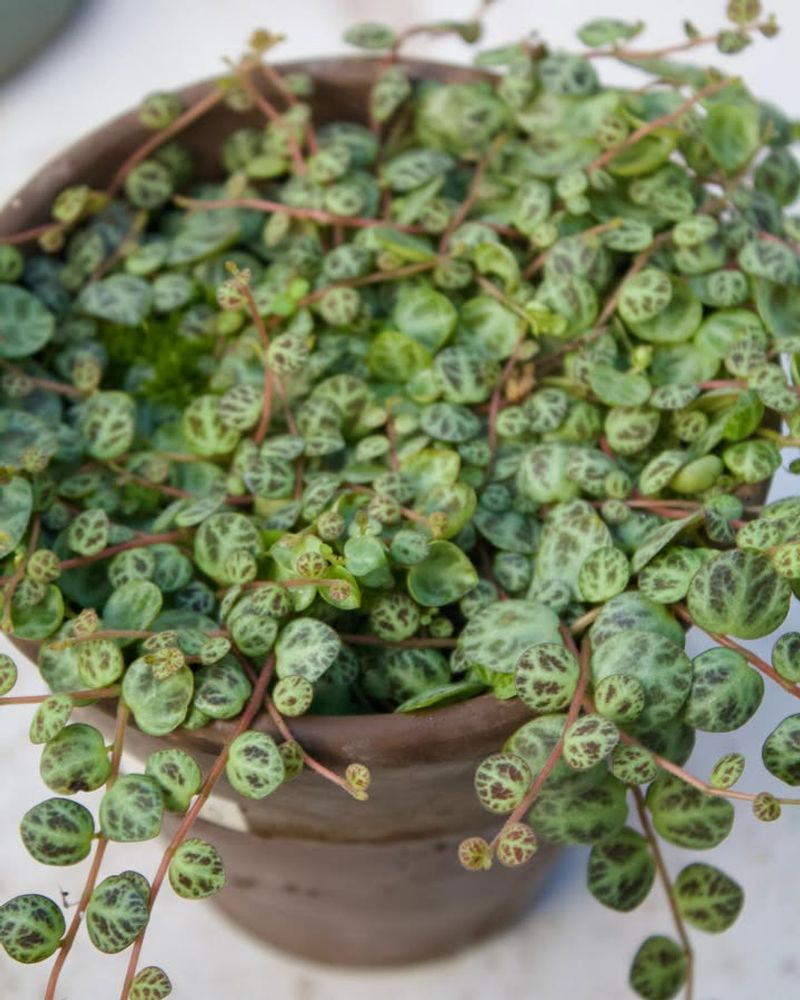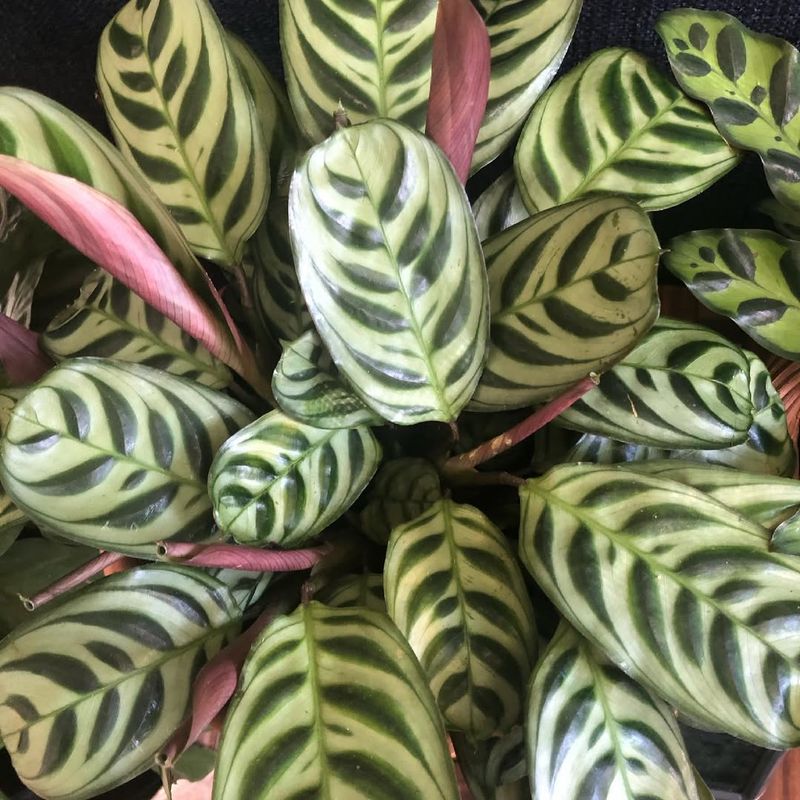Many homes across Minnesota hold treasures that sit quietly on windowsills and corner tables, often overlooked for decades. Some of these houseplants, carefully tended by grandmothers and passed down through families, have become surprisingly rare and valuable.
In my experience, exploring the plants my grandma cared for in her Minnesota home has revealed some real hidden gems. What once seemed like ordinary greenery might now be worth hundreds or even thousands of dollars to collectors.
1. Variegated Monstera Deliciosa
Collectors worldwide hunt for specimens with natural white or cream marbling on their leaves, making them incredibly sought after. A single cutting can sell for several hundred dollars, and mature plants have fetched thousands at auctions.
These plants thrive in bright indirect light and need consistent moisture, which works well in Minnesota homes with good window exposure. They grow slower than their all-green cousins but reward patience with stunning foliage. Pruning encourages bushier growth and provides cuttings for propagation.
My grandma had one tucked beside her living room radiator for years, never realizing its worth. When I researched it online, I discovered similar plants selling for over eight hundred dollars.
2. Hoya Carnosa Compacta
Also called Hindu rope plant, this succulent vine features thick, twisted leaves that curl tightly together in rope-like strands. Mature specimens with established root systems and trailing vines can command impressive prices from enthusiasts.
Hoyas prefer neglect over fussing, making them perfect for forgetful waterers or those new to plant care. They bloom fragrant star-shaped flowers when stressed slightly by dry conditions. Minnesota’s dry winter air actually benefits them when paired with infrequent watering.
I remember my grandma’s plant hanging in her kitchen window, untouched except for occasional watering. She never mentioned its value, but after seeing similar plants listed for three hundred dollars, I understood why collectors were messaging me.
3. Philodendron Pink Princess
This stunning plant became a social media sensation in recent years due to its dramatic pink and dark green foliage. The pink coloring results from a natural mutation, and plants with more pink often sell for higher prices to eager buyers.
Bright indirect light helps maintain the pink variegation, though too much sun can fade the colors. Regular fertilizing during spring and summer supports healthy growth. Rotating the plant weekly ensures even development and prevents lopsided growth patterns common in directional light.
When I visited my grandma’s sunroom, I spotted one she had grown from a cutting decades ago. She had no idea people were paying four hundred dollars or more for plants like hers online.
4. Anthurium Clarinervium
Heart-shaped leaves with striking white veins make this Mexican native a standout among anthurium species. The velvety texture and dramatic venation have made it highly desirable among plant collectors willing to pay premium prices.
High humidity and well-draining soil are essential for keeping these plants happy and healthy. Minnesota winters can be tough on tropical plants, so placing them near humidifiers or on pebble trays helps. Avoid overwatering, as soggy roots lead to rot quickly.
My grandma kept hers in her bathroom where steam from showers provided natural humidity. For me, discovering its value at nearly five hundred dollars was a complete shock given how casually she cared for it.
5. Streptocarpus Saxorum
Often called false African violet, this trailing plant produces delicate purple blooms throughout the year when conditions are right. Its fuzzy leaves and cascading habit make it perfect for hanging baskets, though it has become increasingly rare in cultivation.
Moderate light and evenly moist soil keep these plants blooming reliably. They tolerate cooler temperatures better than many tropical houseplants, making them well-suited to Minnesota homes. Pinching back leggy stems encourages fuller, more compact growth over time.
I found one in my grandma’s basement under a grow light she set up years ago. She propagated it from a cutting her friend gave her in the 1980s, and now similar plants sell for over two hundred dollars.
6. Begonia Maculata
Polka dot begonia, as many call it, features olive green leaves covered in silver spots with deep red undersides. Its unique appearance and relatively easy care have made it popular again after years of obscurity in the houseplant world.
Bright indirect light brings out the best colors, while regular watering keeps leaves from dropping. Begonias appreciate humidity but can adapt to average home conditions with occasional misting. Pruning leggy stems promotes bushier plants and provides material for easy propagation in water.
My grandma had several cuttings rooting in jars on her kitchen counter, a habit she maintained for decades. When I checked online, I was amazed to find established plants selling for one hundred fifty dollars or more.
7. Rhaphidophora Tetrasperma
Commonly mistaken for a miniature monstera, this fast-growing climber develops attractive splits in its leaves as it matures. Its popularity exploded recently, causing prices to soar for well-established specimens with multiple vines and fenestrations.
Providing a moss pole or trellis encourages upward growth and larger leaves with more dramatic splits. These plants tolerate lower light than true monsteras but grow faster with brighter conditions. Regular feeding during the growing season supports vigorous development throughout spring and summer months.
I remember my grandma’s plant covering an entire wall in her dining room, trained along fishing line she strung up. She never imagined cuttings from it would sell for fifty dollars each, yet that’s exactly what I found online.
8. Alocasia Polly
Also known as African mask plant, this compact alocasia displays dramatic arrow-shaped leaves with striking white or light green veins. Its bold appearance and manageable size have made it a favorite, though it requires more attention than some other houseplants.
High humidity and consistently moist soil are crucial for preventing leaf edges from browning. Minnesota’s dry winter air can be challenging, so grouping plants together or using humidifiers helps. These plants may go dormant in winter, losing leaves but returning vigorously in spring.
My grandma placed hers in her bathroom where it thrived on shower steam for years. For me, learning that similar plants were selling for one hundred twenty dollars made me appreciate her instinctive plant placement even more.
9. Scindapsus Pictus Exotica
Silver satin pothos, though not a true pothos, features heart-shaped leaves heavily splashed with silvery markings. The exotica variety has larger silver patches than other cultivars, making it particularly desirable among collectors seeking statement plants.
These plants tolerate low light remarkably well, though brighter conditions intensify the silver variegation. Allow soil to dry slightly between waterings to prevent root rot. They trail beautifully from hanging baskets or climb when given support structures like moss poles or trellises.
I discovered my grandma had three different scindapsus varieties throughout her home, including this one trailing down her bookshelf. When I saw similar plants priced at ninety dollars online, I realized her casual collecting had created a valuable collection.
10. Peperomia Prostrata
String of turtles earned its nickname from tiny leaves that resemble miniature turtle shells complete with intricate patterns. This delicate trailing plant has become extremely popular among collectors, driving prices up significantly for healthy, full specimens.
Bright indirect light and well-draining soil prevent the most common problems with this species. Water thoroughly but allow soil to dry between waterings, as peperomias store water in their semi-succulent leaves. Minnesota homes with good natural light provide ideal conditions for compact, healthy growth.
My grandma grew hers in a small pot on her kitchen windowsill, where it cascaded down several inches. She mentioned propagating it from a single stem years ago, never knowing it would eventually be worth seventy-five dollars or more.
11. Ctenanthe Burle-Marxii
Fishbone prayer plant displays stunning foliage with dark green patterns on top and rich purple undersides that create beautiful contrast. This Brazilian native belongs to the prayer plant family and folds its leaves upward at night, adding movement to any collection.
Medium to bright indirect light keeps the colors vibrant without causing leaf burn. Consistent moisture and humidity prevent crispy leaf edges, common in dry environments. Grouping it with other humidity-loving plants creates a beneficial microclimate, especially during Minnesota’s harsh winter months indoors.
I found one in my grandma’s guest bedroom, where it had quietly thrived for years near a north-facing window. For me, discovering similar plants selling for one hundred ten dollars was another reminder that her green thumb had cultivated real treasures.

